Excess telluric water
- Organs affected : leaves, roots, vessels.
- Symptoms :
- root browning and rotting, decaying cortex (Figures 1);
- sometimes more or less marked browning of the vessels located in the pivot and the lower part of the stem (figure 2);
- more or less rapid wilting (figure 3), yellowing (figures 4 to 6), even necrosis of leaflets and / or lower leaves of plants;
- reduced plant growth.
- Cause(s) :
- poor irrigation management;
- heavy and hydromorphic soil or poorly draining substrate;
- accumulation of water in poorly drained areas;
- heavy rains or ruptured irrigation pipes, due to the deficiency of solenoid valves;
- more or less significant submersion of culture, etc.
- Diagnostic clues :
- the affected plants are often distributed over the whole plot, or in certain areas or in certain rows;
- the plot is poorly drained, the soil is rather heavy;
- the soil or the substrate seem rather saturated with water (do not hesitate to see it for yourself);
- control the quality of plant irrigation (mode, frequency, efficiency);
- monitor recent climatology (significant rainfall).
- Possible confusion : microorganisms and root parasitic pests, etc.
- Remedies :
- drain the soil;
- beware of certain rather asphyxiating substrates;
- rectify the frequency and quantities of water supplied at each irrigation;
- butter the plants so that they can produce new roots (option valid only for species with significant root regeneration capacities).
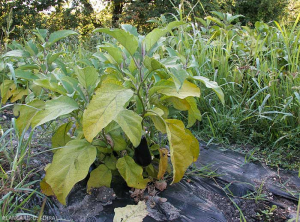
Figure 1

Figure 2
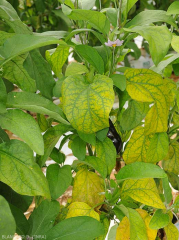
Figure 3
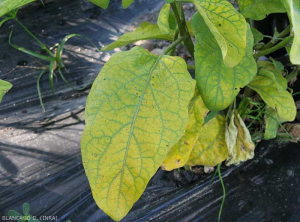
Figure 4
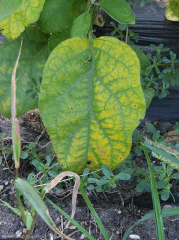
Figure 5
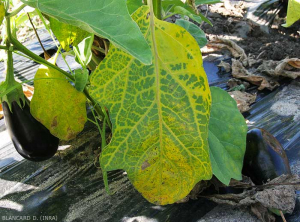
Figure 6






